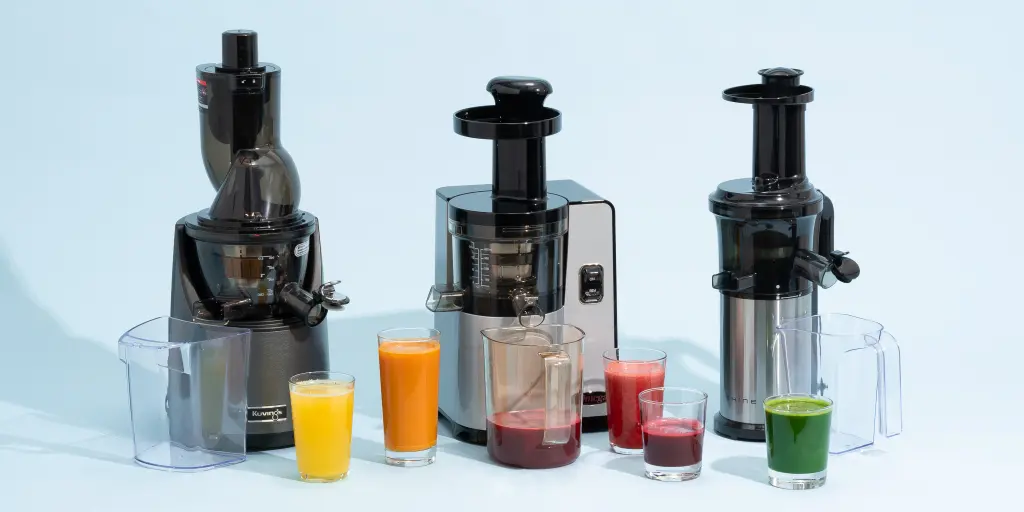In the dynamic landscape of modern computing, virtualization technology has emerged as a game-changer, revolutionizing how software applications are deployed, managed, and maintained. Among the myriad innovations facilitated by virtualization, virtual appliances are a versatile and efficient solution for delivering pre-configured software environments in a portable and scalable format. In this article, we’ll explore the concept of virtual appliances, their advantages, use cases, and implications for the future of computing.
Understanding Virtual Appliances:

At its core, a virtual appliance is a software application packaged with its operating system and other dependencies into a single, self-contained virtual machine image. This image encapsulates the entire software environment into a portable and standardized format, including the application binaries, libraries, configuration files, and runtime dependencies. Virtual appliances are typically distributed in common virtualization formats such as OVF (Open Virtualization Format) or OVA (Open Virtual Appliance), making them compatible with a wide range of virtualization platforms, including VMware, VirtualBox, Hyper-V, and KVM.
Advantages of Virtual Appliances:
Virtual appliances offer several key advantages over traditional software deployment methods, making them an attractive option for developers, IT administrators, and end-users alike:
- Simplified Deployment: Virtual appliances streamline the deployment process by providing pre-configured software environments that can be quickly deployed and provisioned with minimal effort. This eliminates the need for manual installation and configuration, reducing the risk of errors and speeding up time-to-deployment.
- Portability: Virtual appliances are inherently portable, allowing them to be easily migrated and run across different virtualization platforms and cloud environments. This enables seamless interoperability and flexibility, empowering organizations to adopt hybrid or multi-cloud strategies without vendor lock-in.
- Isolation and Security: Virtual appliances leverage the inherent isolation of virtualization technology to provide a secure runtime environment for software applications. By running each virtual appliance in its isolated virtual machine, organizations can minimize the risk of security breaches and protect sensitive data from unauthorized access.
- Scalability and Efficiency: Virtual appliances enable organizations to scale their infrastructure more efficiently by leveraging virtualization platforms’ dynamic resource allocation capabilities. This allows them to quickly provision additional instances of virtual appliances to meet changing demand and optimize resource utilization.
- Ease of Management: Virtual appliances simplify the management and maintenance of software applications by encapsulating all dependencies within a single package. This makes deploying updates, patches, and upgrades easier and ensures that virtual appliances remain secure and up-to-date with the latest software releases.
Use Cases for Virtual Appliances:
Virtual appliances have a wide range of use cases across various industries and domains, including:
- Development and Testing: Virtual appliances are commonly used in software development and testing environments to provide developers with pre-configured development stacks and test environments. This allows developers to quickly spin up isolated development environments without manually installing and configuring software dependencies.
- Infrastructure Provisioning: Virtual appliances are used to provision infrastructure components such as web servers, database servers, and application servers in virtualized or cloud environments. Packaging these components into virtual appliances allows organizations to automate the deployment and provisioning process, reducing time and effort.
- Security and Compliance: Virtual appliances are employed for security and compliance purposes, such as network monitoring, intrusion detection, and vulnerability scanning. Organizations can isolate and protect critical assets from external threats by deploying security-related tools as virtual appliances and ensuring compliance with regulatory requirements.
- Disaster Recovery and Business Continuity: Virtual appliances play a crucial role in disaster recovery and business continuity planning by providing pre-configured backup and recovery solutions. By deploying backup appliances as virtual machines, organizations can quickly restore critical data and applications in the event of a disaster or outage.
- Desktop Virtualization: Virtual appliances are used for desktop virtualization initiatives, enabling organizations to deliver virtual desktops and applications to end-users in a centralized and scalable manner. Organizations can reduce hardware costs, improve security, and enhance end-user experience by deploying virtual desktop appliances.
Implications for the Future:
As virtualization technology continues to evolve, the role of virtual appliances is expected to expand and diversify, driving innovation and transformation across various sectors. With the rise of containerization technologies such as Docker and Kubernetes, virtual appliances are likely to converge with containerized application packaging formats, blurring the lines between virtual machines and containers. This convergence will enable new use cases and deployment models, such as hybrid virtual machine/container environments and serverless computing platforms.




